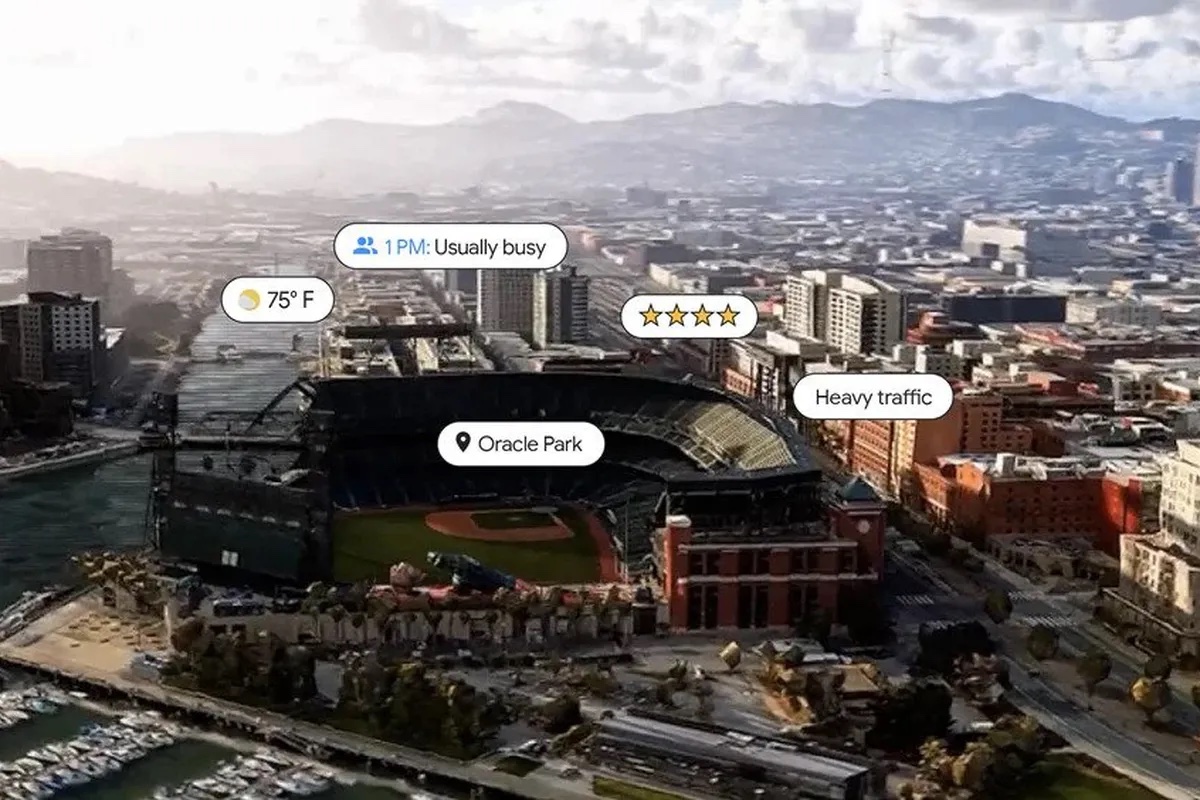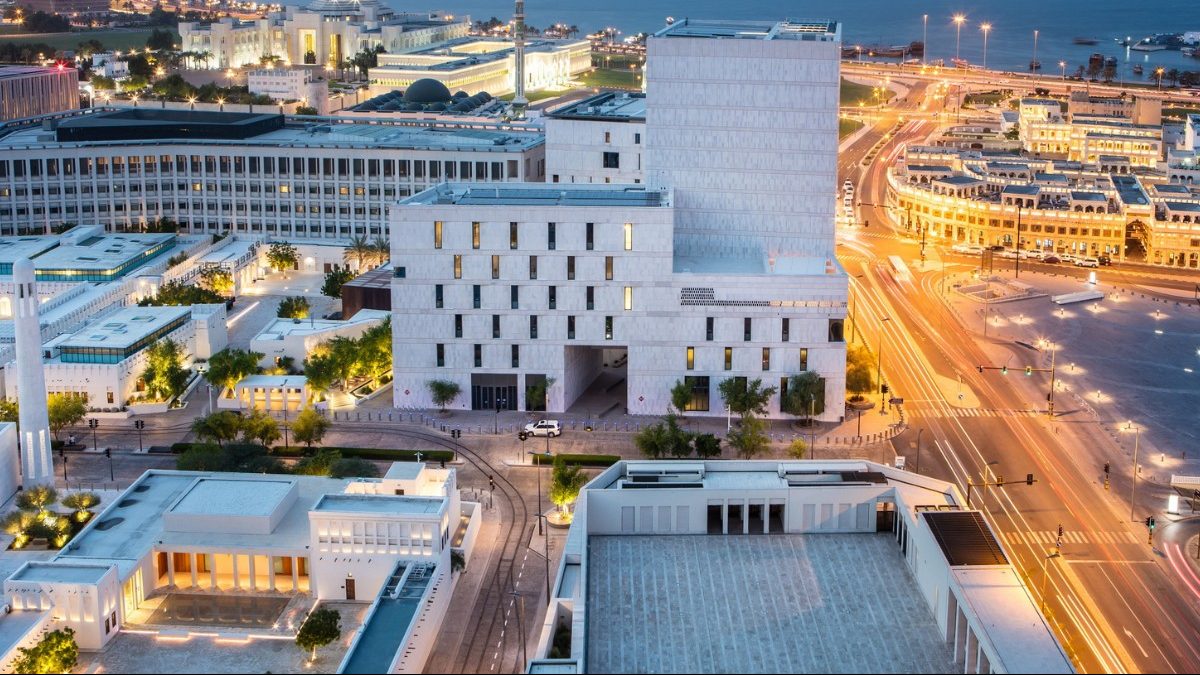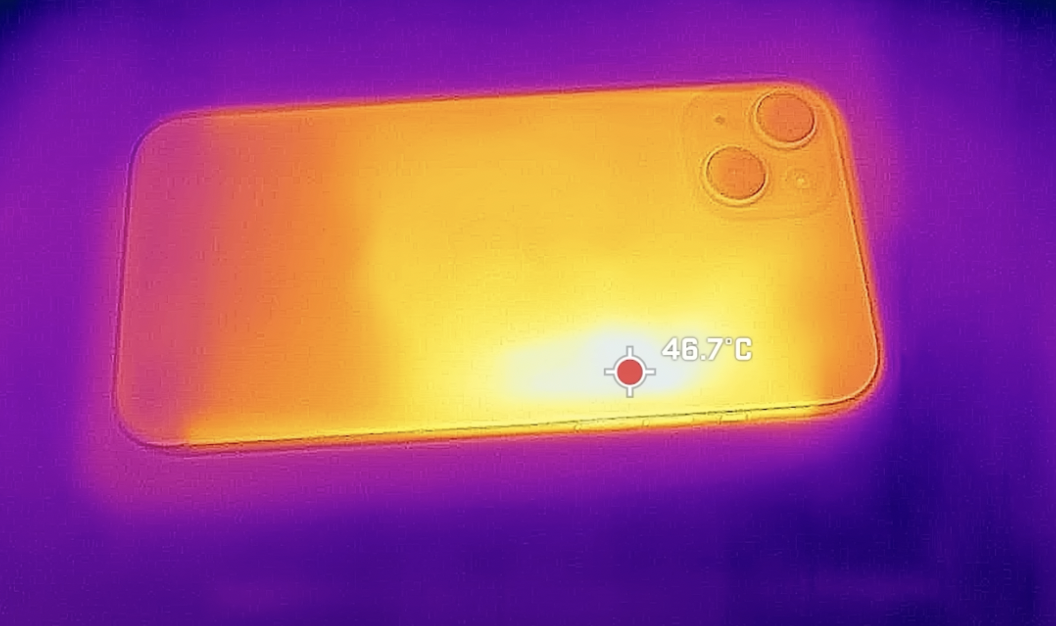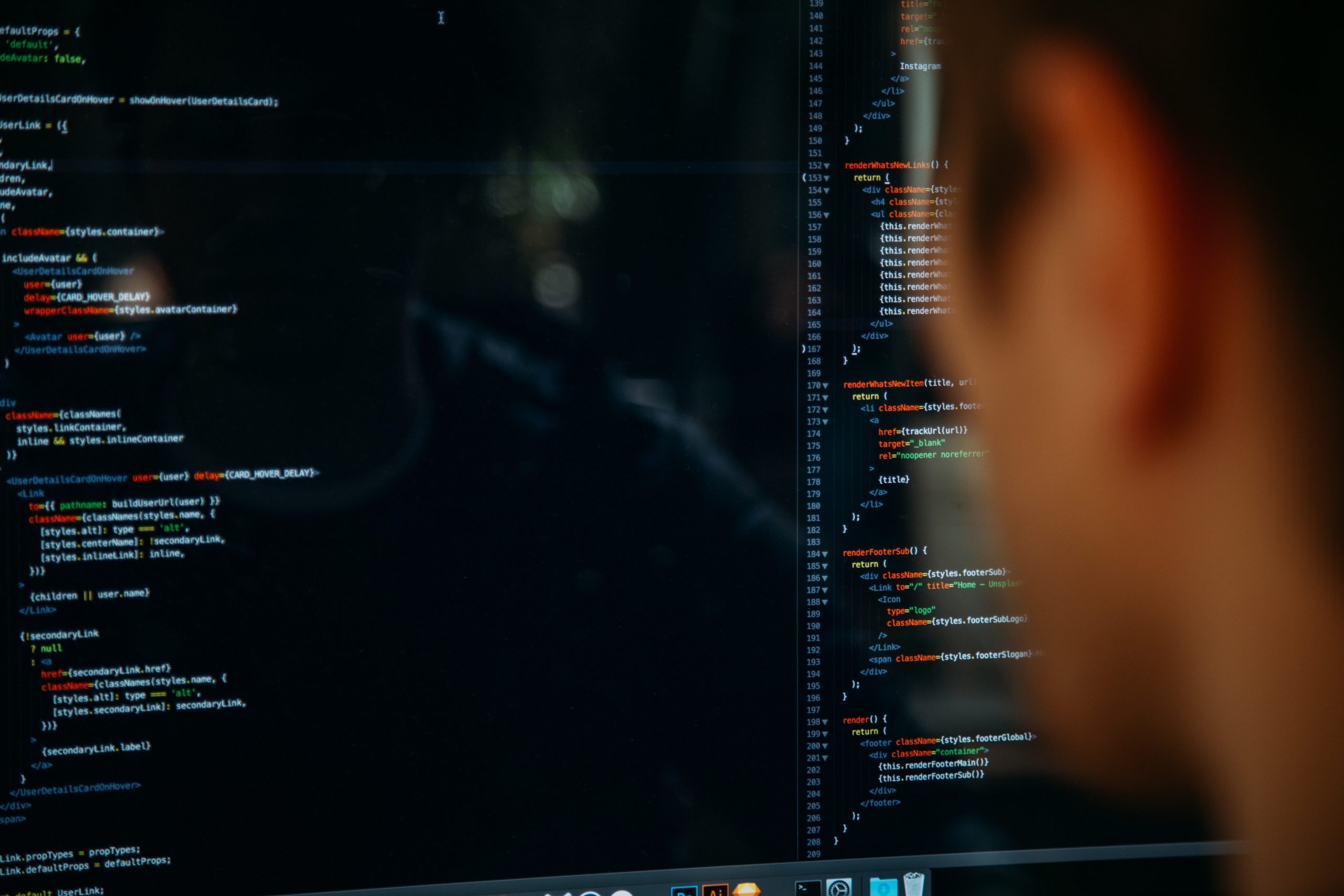Keep getting lost? Google Maps’ new immersive view feature might be just what you need to finally reach on time.
Google Maps has started rolling out its immersive view in five international cities following its initial release across hundreds of notable landmarks last year.
By fusing billions of Street View and aerial images, the new technology enables users to scan neighbourhoods from above before descending to the street level to get a closer look at points of interest.
In essence, the experience is similar to Google Earth, but with Street View’s ability to explore in greater depth.
Now, the feature is being rolled out to cover London, Los Angeles, New York City, San Francisco, and Tokyo. In the upcoming months, Immersive View will also be made available in additional cities, including Amsterdam, Dublin, Florence, and Venice.
The first announcement of Immersive View was made in May 2021, which later expanded to include 250 world landmarks in September, including the Tokyo Tower and the Acropolis of Athens.
The company, however, seems to be aiming much higher, with plans to expand the availability of the new feature within indoor locations including 1,000 airports, train stations, and shopping malls across cities like Barcelona, London, Madrid, Paris, and Singapore.
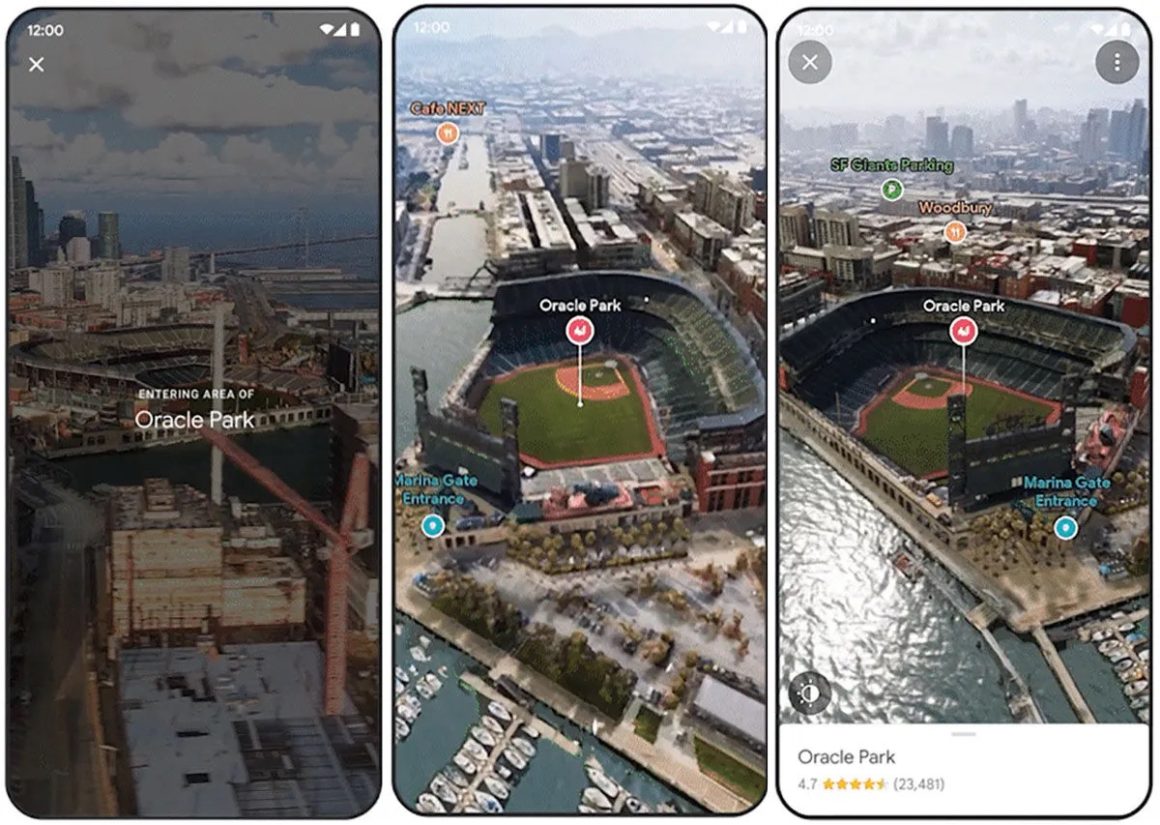
The feature is accessible for Android and iOS, and Google plans to make it available for desktops “over time,” according to spokesperson Pearl Xu, who spoke with The Verge.
What are the benefits?
Using Immersive View, users can virtually fly over buildings to locate entrances, check nearby traffic or parking, and view which areas tend to draw the biggest crowds.
This can be used for things like planning trips to museums, parks, or activities. A time slider is also available for viewing a location at various times of the day and in different weather scenarios.
Those using the feature to look for nearby cafes or restaurants canalso peek inside a few of the establishments before they go thanks to Immersive View, which uses neural radiance fields (NeRF), a cutting-edge AI technique that converts still images into explorable walkthroughs by mapping color and light from multiple still images taken from different angles.

